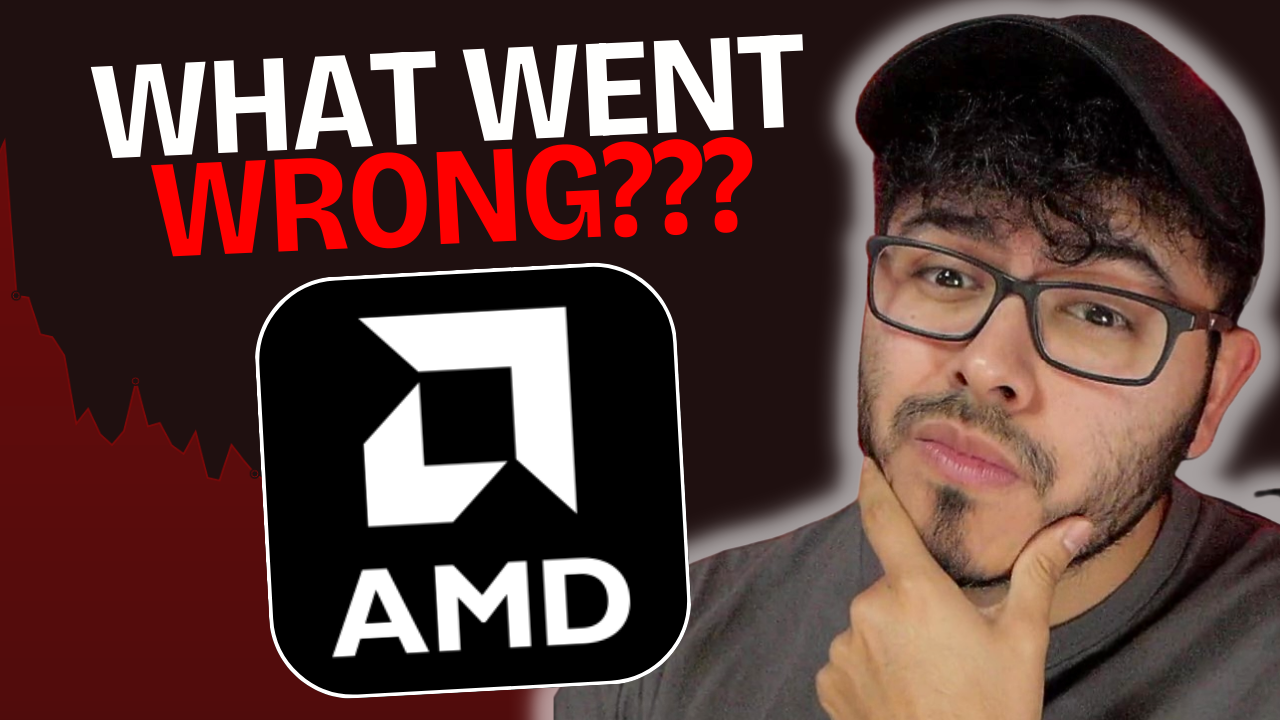Advanced Micro Devices (AMD 2.54%) did something last year that it hadn't done in years: It launched a graphics card that beat rival NVIDIA (NVDA 2.15%) on performance at the same price point. AMD's RX 5700 series, which includes the $349 RX 5700 and the $399 RX 5700 XT, was the most consequential graphics launch from AMD in a very long time.
The company further filled out its lineup by launching the low-end RX 5500 XT toward the end of 2019. The graphics card came in two flavors, one with 4GB of graphics memory for $169, and another with 8GB for $199. The two versions are in competition with NVIDIA's GTX 1650 Super and GTX 1660, respectively.
With the RX 5500XT a full $150 cheaper than the RX 5700, gamers looking for something in between had no option but to turn to NVIDIA, which offers two graphics cards between $200 and $300. AMD fixed the situation at CES in Las Vegas this week, announcing the new RX 5600 series.

An AMD graphics card. Image source: AMD.
Filling the gap
The RX 5600 series includes two new cards, the RX 5600 and the RX 5600 XT. The RX 5600 will only be available in preconfigured desktop systems, but the RX 5600 XT will be sold through AMD's usual board partners.
The RX 5600 XT, which features 6 GB of graphics memory, will be priced at $279 when it becomes available on Jan. 21. At that price point, it slides right into the middle of AMD's current-generation product stack, giving gamers looking for a midrange graphics card a viable option.
The direct competitor for this new card will be NVIDIA's GTX 1660 Ti, which is also currently priced at $279. While third-party testing will determine how competitive the RX 5600 XT really is, AMD claims that the card handily beats the GTX 1660 Ti on performance. According to AMD's testing, the RX 5600 XT was up to 20% faster in popular AAA PC games, and up to 10% faster in popular esports games.
If those results are accurate, the RX 5600 XT appears to be another instance of AMD leapfrogging NVIDIA. To be fair, the GTX 1660 Ti has been available for nearly a year, and in the wake of AMD's announcement, NVIDIA could certainly adjust its pricing to eliminate any advantage for AMD. But being on the defensive is not something that NVIDIA has experienced much of in the past few years.
Still absent at the high end
With the launch of the RX 5600 XT, AMD will be competitive at prices up to $399. Beyond that, NVIDIA still reigns supreme. For gamers looking for graphics cards that can handle the latest games at 4K resolutions, NVIDIA is effectively the only game in town.
This situation will eventually change, since AMD is certain to launch a more powerful graphics card based on its Navi architecture sooner or later. But that announcement didn't come during CES, and it's unclear when such a product will launch. If AMD waits too long, NVIDIA will have launched its next-generation Ampere graphics cards, which will be built on a 7nm manufacturing process and will likely bring substantial performance improvements. Ampere is expected to launch sometime in 2020.
After years of trying and failing to catch up with NVIDIA, AMD finally found success with its RX 5000 series graphics cards. The RX 5600 XT will give gamers an alternative to NVIDIA at another price point, and it should help AMD pick up more market share from the market leader.







